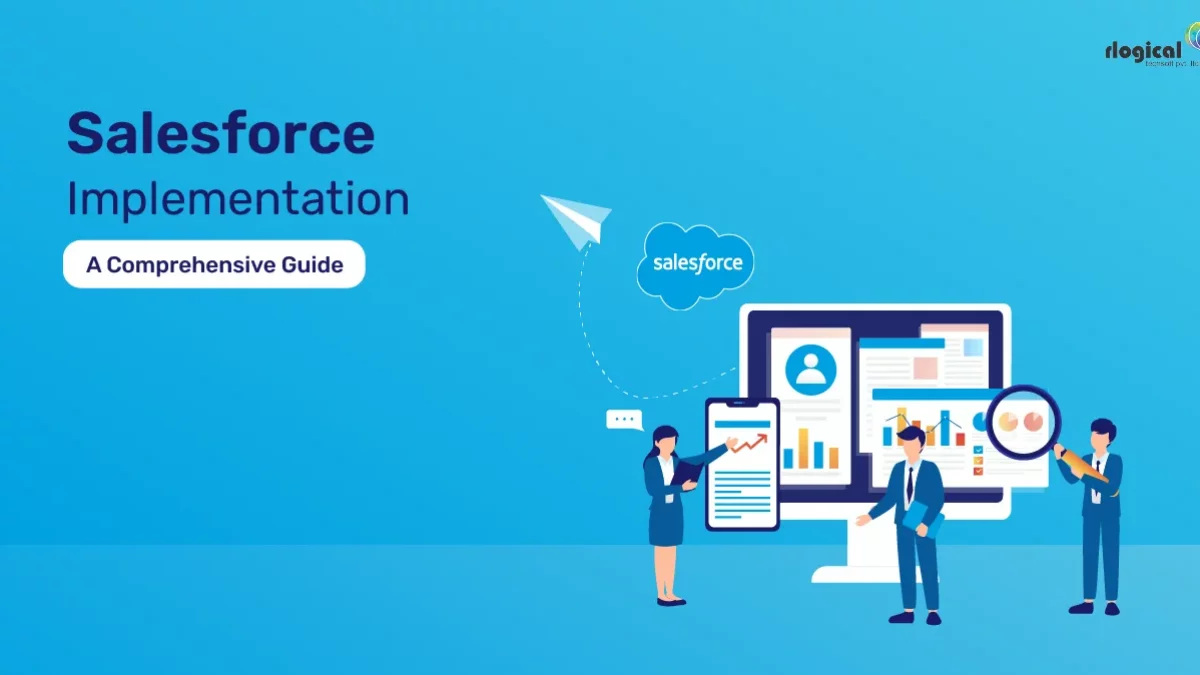In today’s competitive business landscape, leveraging a powerful CRM like Salesforce can be a game-changer. Salesforce not only streamlines business operations but also enhances customer relationship management, enabling organizations to deliver personalized experiences at scale. However, implementing Salesforce requires careful planning and execution to ensure its success. This guide will walk you through the key steps and best practices for a smooth Salesforce implementation.
Why Implement Salesforce?
Salesforce is a cloud-based CRM platform that offers a suite of tools for sales, marketing, customer service, and analytics. Its benefits include:
- Centralized Data Management: A single source of truth for all customer data.
- Enhanced Productivity: Automation of repetitive tasks and streamlined workflows.
- Actionable Insights: Real-time analytics and reporting for data-driven decisions.
- Scalability: A flexible platform that grows with your business needs.
Steps to a Successful Salesforce Implementation
1. Define Your Objectives
Begin by identifying what you aim to achieve with Salesforce. Are you looking to improve sales processes, enhance customer service, or unify data across departments? Clear goals help shape the implementation strategy.
2. Assemble the Right Team
Form a cross-functional implementation team comprising IT experts, Salesforce administrators, and representatives from sales, marketing, and customer service. This ensures diverse input and alignment across departments.
3. Choose the Right Salesforce Edition
Salesforce offers various editions like Essentials, Professional, Enterprise, and Unlimited. Choose the one that aligns with your business size and requirements.
4. Map Your Business Processes
Document your existing workflows and identify gaps that Salesforce can address. This step ensures the CRM is tailored to your operations rather than forcing your processes to adapt.
5. Data Migration
Cleanse and prepare your data for migration. Remove duplicates and obsolete records to ensure accuracy. Use Salesforce tools like Data Loader for efficient data transfer.
6. Configure and Customize
Leverage Salesforce’s customization capabilities to tailor it to your business needs. Configure workflows, dashboards, and reports. For advanced needs, consider custom app development using Salesforce’s AppExchange.
7. Integration with Other Tools
Integrate Salesforce with your existing software, such as marketing automation tools, ERP systems, or customer service platforms, for seamless operations.
8. Training and Change Management
Invest in training your team to use Salesforce effectively. Conduct workshops, provide user manuals, and create a culture of adoption through regular communication about its benefits.
9. Testing and Go-Live
Thoroughly test the system for functionality, usability, and performance. Once all stakeholders are satisfied, proceed with the go-live phase. Monitor closely during the initial weeks to address any issues promptly.
10. Continuous Improvement
Salesforce implementation is not a one-time project. Regularly review its performance, gather user feedback, and refine processes to maximize ROI.
Common Challenges and How to Overcome Them
1. Resistance to Change
Solution: Involve end-users early in the process and communicate the benefits of Salesforce to their daily tasks.
2. Data Quality Issues
Solution: Implement robust data governance practices and regularly audit data integrity.
3. Lack of Expertise
Solution: Partner with certified Salesforce implementation consultants to navigate complexities.
Final Thoughts
Salesforce implementation is a strategic investment that, when executed effectively, can transform how your business operates and interacts with customers. By following a structured approach and focusing on user adoption, you can unlock the full potential of this powerful platform.
At SEM Rankers LLC, we specialize in helping businesses implement and optimize Salesforce for maximum impact. If you’re ready to take your CRM strategy to the next level, contact us today!
What aspect of Salesforce implementation interests you the most? Let us know in the comments!

